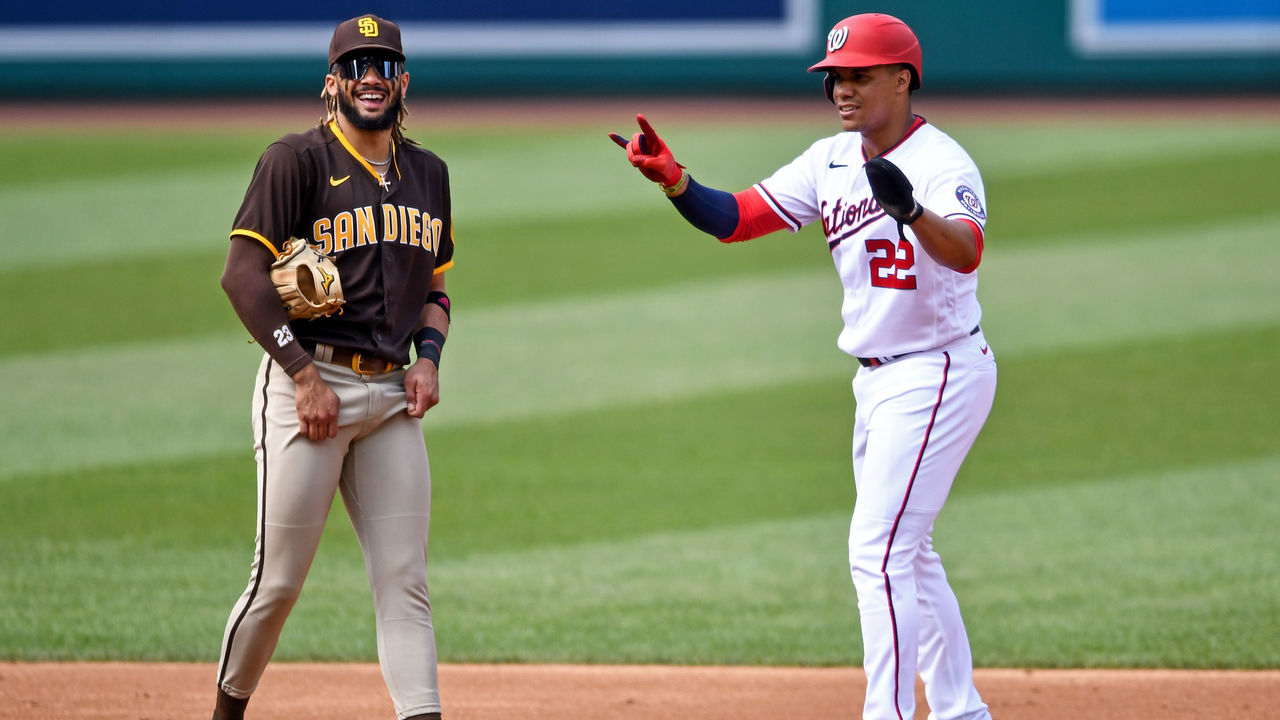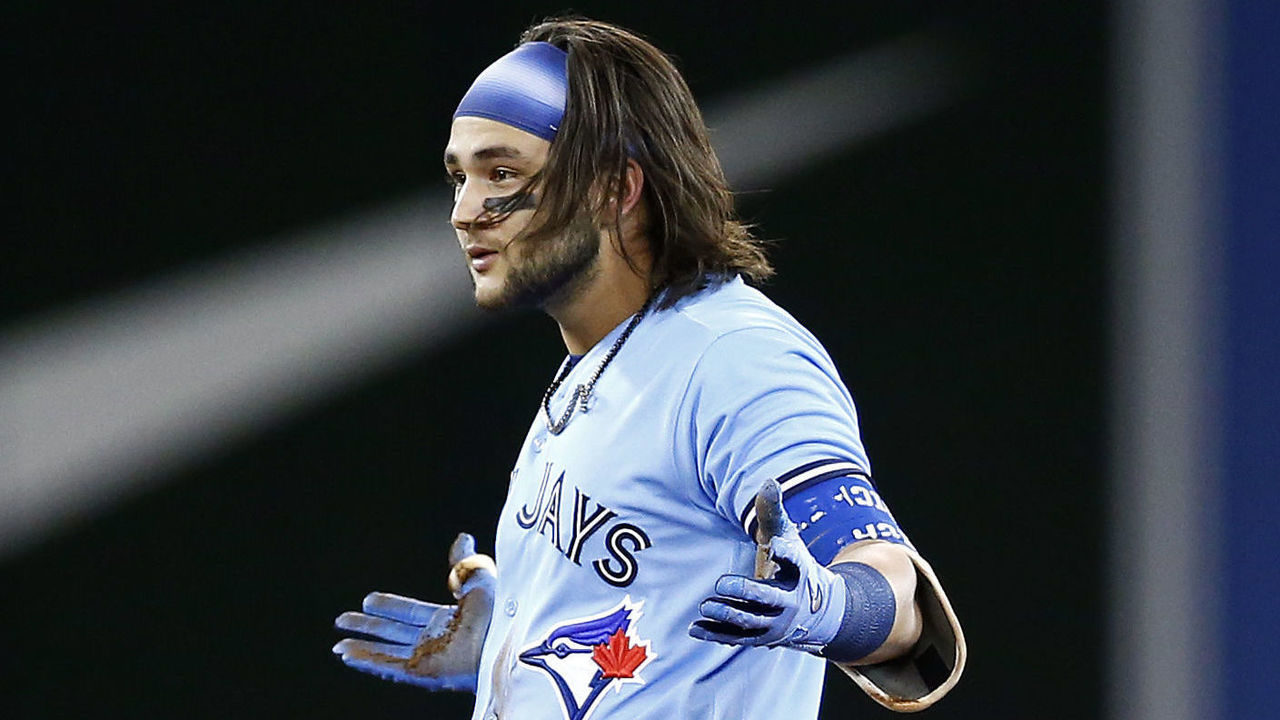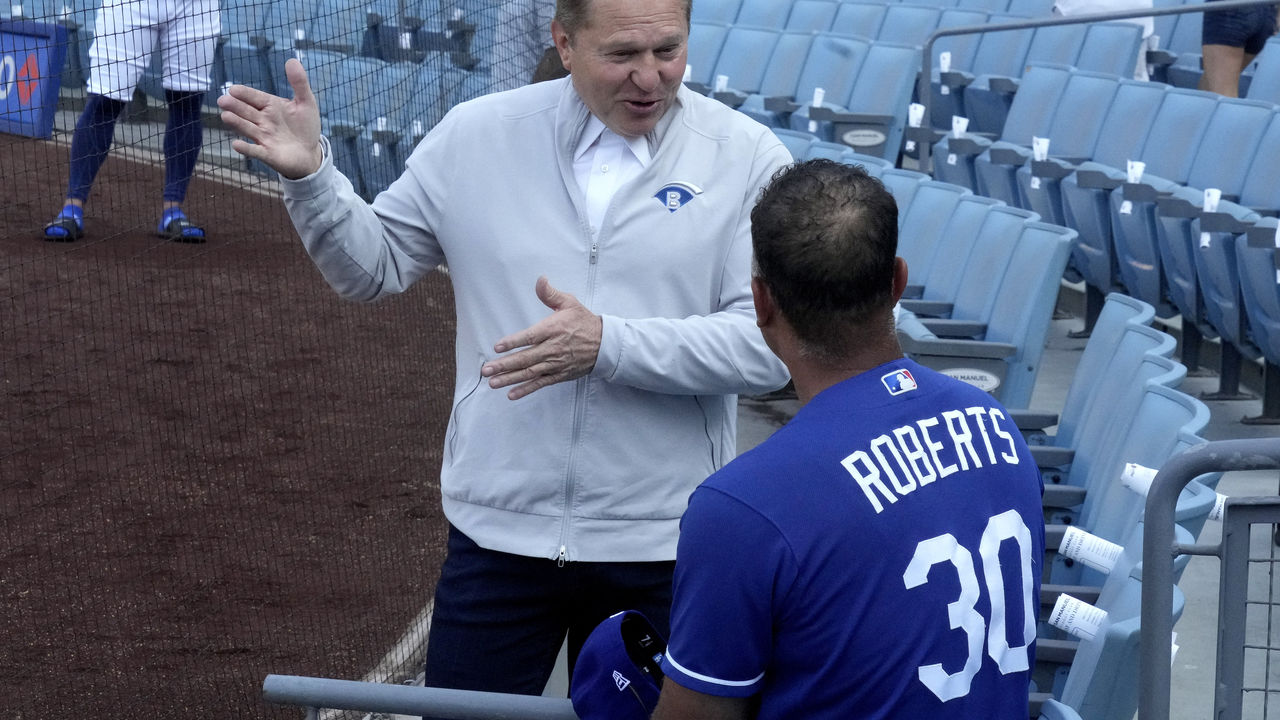Baseball swerves away from worst-case scenario
Like many fans of the game, I'm just glad to have baseball back.
The free-agent frenzy promises to be wild. The last time a labor stoppage condensed spring training was in 1995, which forced a lot of activity into a short amount of time. Baseball usually gives its fans a slow trickle of offseason news over the winter months, but the next few weeks leading into Opening Day on April 7 will be a firehose.
Perhaps the flurry of activity will help fans forget about the public relations mess that consumed most of the past 99 days. It all ended just in time to avoid losing a 162-game season.

The sport was not in a strong position to weather the loss of too many games, which MLB threatened players - and its fans - with for weeks. Twice MLB removed games from the schedule; they'll now be added back.
Attendance has been in gradual decline from 2007-19, losing some 11 million paying fans, or about 13%.
A lockout on top of that gradual decline and two years of COVID restrictions would have been a horrible idea, especially for a sport with an aging fan base.
MLB suffered at least a 4% attendance drop after each of the three work stoppages that cost games from 1972 through 1995. Attendance dropped 20% after the 1995 strike and didn't return to 1994 levels until 2006.
On Thursday the league avoided losing games, and it avoided shooting itself in the foot again, which is the biggest win.
In the preceding few days, the two sides had inched closer to the midpoints between their late February proposals, and getting held up on issues like the qualifying offer or international draft seemed irrational. Just as the talks seemed to be falling apart again this week, the parties began to act rationally.
As for the actual deal, it's a mixed bag, but it leans positive - for the game, and for the players relative to recent CBA deals.
It's arguably the best CBA, ever, for younger players.
Teams in recent years have leaned heavily on younger players, who have been underpaid relative to their contemporaries in other major sports. They now enjoy their greatest gross dollar raise in history and the largest percentage boost since 2003.

For the first time, a pre-arbitration bonus pool has been added - $50 million per year in this five-year agreement will be spread to 100 young players each season. Award winners will enjoy hefty bonuses - including $2.5 million to pre-arb MVP and Cy Young winners - and the rest will be spread to players based upon a WAR metric yet to be decided.
In total, pre-arb players will make about $115 million more in 2022 compared to 2021. Some agents wanted an even better deal for young players, but this is a start. It's hard to win anything when bargaining with billionaire owners.
The competitive balance tax, the sport's soft cap, will grow 3.8% per year on average over the length of the deal, the best growth rate for a CBT since the 2007-11 CBA. That's a win for the players. This season will also mark the greatest one-year increase - $210 million to $230 million (9.5%) - in the CBT era.
But the growth rate of the CBT still trails the average MLB revenue growth rate between 2003-19. The owners' slow march to a tax threshold that could eventually target more spenders, and act more like a hard cap, continues.
And the owners were able to add a fourth tax tier that will start at $290 million, something of a Steve Cohen tax. The payroll of his Mets is $271 million at the moment.
What's interesting is the actual player vote Thursday. There were 38 total votes; one from every team representative, who votes for how the majority of his team voted, and the eight executive members.
The final vote was 26 in favor, 12 against.
The board, with five clients of agent Scott Boras, all voted against the proposal.
The team reps voted 26-4 shortly before 3 p.m. ET Thursday.
There was a divide between the lower- and higher-paid players. This time Boras didn't win.
The vast majority of players voted "Yes," and we have baseball.

The playoffs will expand to 12 teams. The top two division winners get byes, which means weak division winners no longer get a free ride beyond the wild-card round. That's a good thing for regular-season incentives.
The wild-card round also becomes a best-of-three format instead of a single-game elimination affair, which has been unfair to superior wild-card teams in the past (looking at you, 2014 and 2015 Pittsburgh Pirates).
The players proposed reseeding after the wild-card round to give the No. 1 seed more advantage, but the owners rejected it. There will be no ghost win.
The universal DH makes its debut in 2022, which many welcome. In 2023, we could see a pitch clock, larger bases, a shift ban, and an automated strike zone.
The pitch clock, which could be 14 seconds with no runners on and 19 seconds with a base occupied, could help dramatically pick up the pace of play for a sport that has gotten slower. This could quietly become an important future development.
But there are shortfalls in the new CBA, too.
There's little in the proposal to address the payroll divide between the richest and poorest clubs. That will still exist.
While there's a de facto cap that's becoming more rigid by the CBA, there is no floor, nothing to force serial low-spending owners to add more to payroll.
Small-market fan bases may still feel like their team is a farm club for the New York Yankees or Los Angeles Dodgers. That will continue.
There was also little done to prevent tanking. The new draft lottery will likely have a limited effect.
Teams will also likely still suppress the service time of top prospects.
The MLBPA had asked for earlier free agency and arbitration for players but gave up on each matter. Careers continue to shorten, fewer and fewer are reaching free agency and even arbitration. Those trends might continue as the game continues to shift younger.
Some of these issues will linger until this CBA expires, which are less than five years away. But we can forget about that for now and just be thankful we have baseball back. It couldn't afford to have been dormant for much longer. It will now spring back to life.
Travis Sawchik is theScore's senior baseball writer.